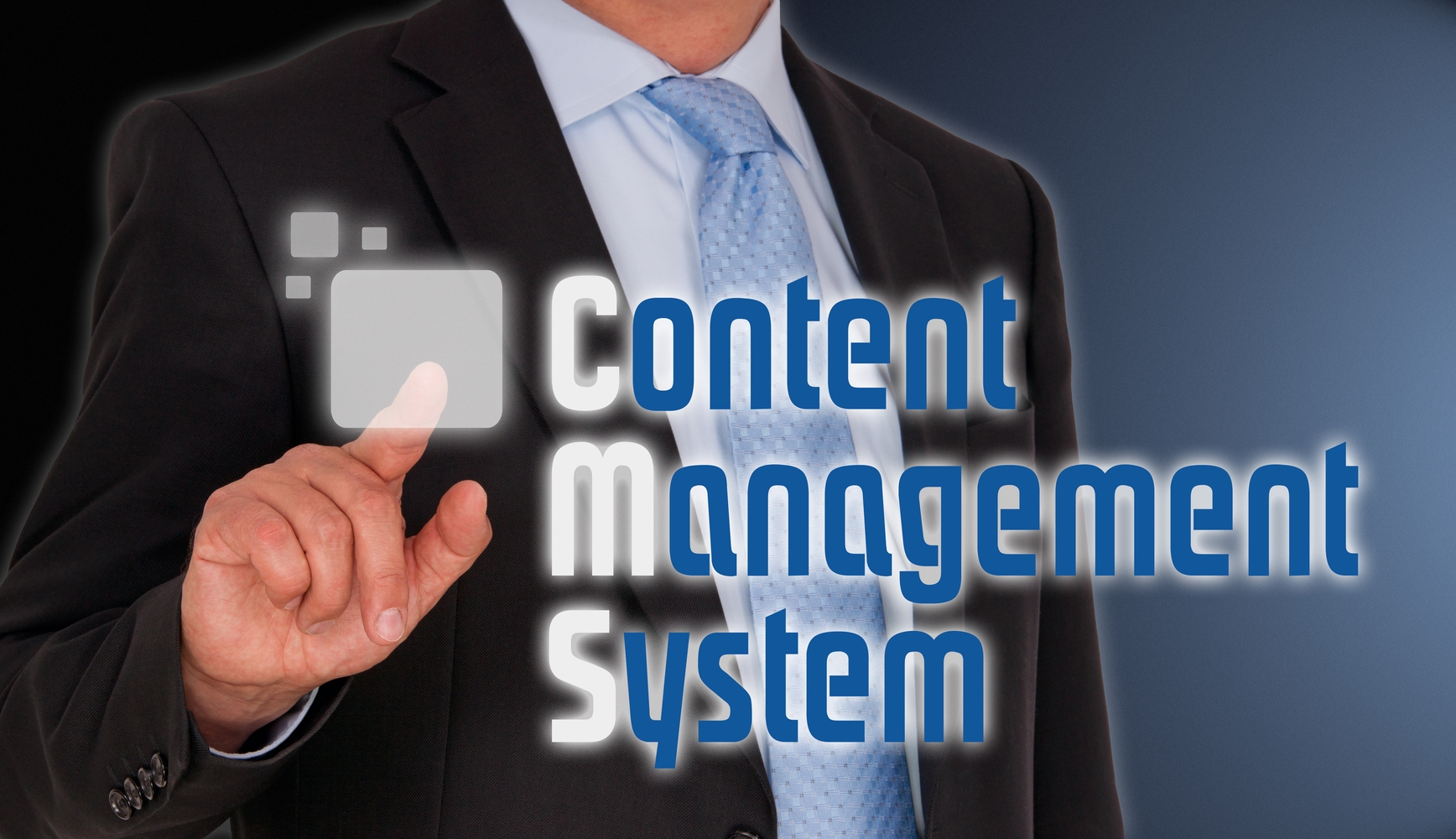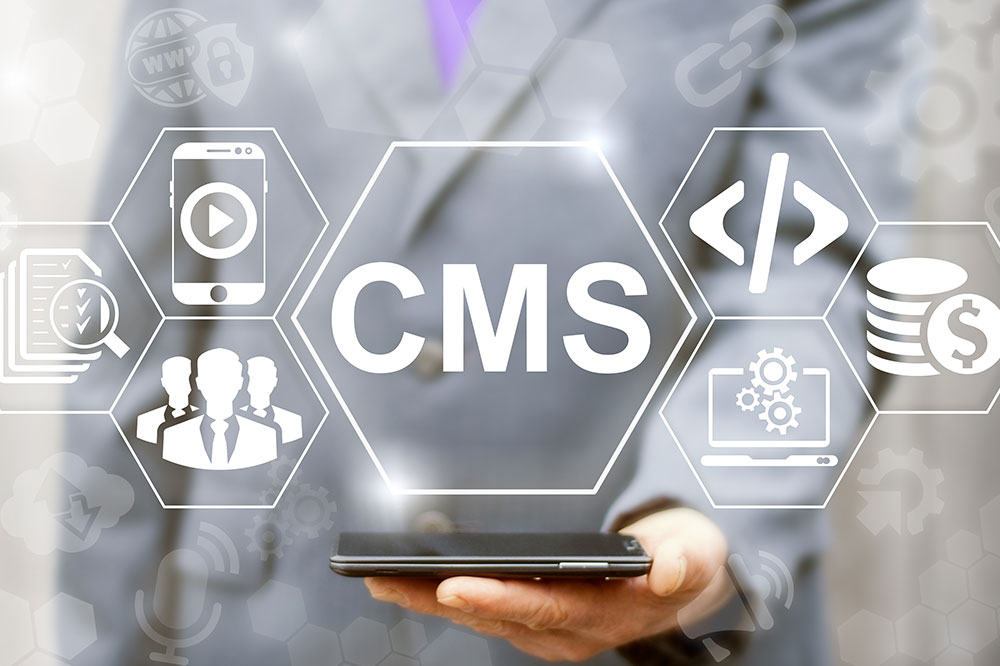Comprehensive Guide to Enterprise Content Management Systems: Key Insights and Top Platforms
This comprehensive guide explores enterprise content management solutions, emphasizing essential features, top platforms, and deployment best practices. It helps organizations choose the right system to enhance collaboration, security, and scalability, supporting sustainable growth and operational excellence in a digital-first world.

Deep Dive into Enterprise Content Management Systems (ECM): Everything You Need to Know
In today's fast-paced digital landscape, effective management of digital content is vital for large organizations aiming to stay competitive and compliant. Enterprise Content Management (ECM) systems have become indispensable tools that streamline content creation, organize archival processes, facilitate collaborative work, and ensure efficient content dissemination across various channels. Choosing the right ECM platform can significantly enhance operational efficiency, support regulatory compliance, and enable sustainable growth. This comprehensive guide explores the essential role of enterprise content management solutions, highlights vital features to consider, and provides a detailed comparison of the leading platforms market today.
The Significance of a CMS in Organizational Operations
1. Centralized Content Repository:
A robust CMS serves as a unified hub for all digital assets, centralizing storage and management. This setup grants authorized users seamless access to content, minimizes duplication, and ensures consistency across all assets. Whether it's marketing collateral, legal documents, product specifications, or internal policies, having a single source of truth simplifies workflows and reduces version control issues. Centralized repositories also facilitate easier backups, disaster recovery, and content audits, thereby reinforcing security and data integrity.
2. Enhanced Collaboration Capabilities:
Modern ECM systems are equipped with sophisticated collaboration tools that enable team members to work together more effectively. Features such as real-time editing, contextual commenting, task assignments, and review cycles foster a collaborative environment that accelerates project timelines. These tools improve transparency, reduce miscommunication, and enable remote teams to coordinate effortlessly regardless of geographic locations. By simplifying feedback loops and streamlining approval processes, enterprise CMS solutions can dramatically boost productivity.
3. Regulatory Compliance and Security:
Organizations often need to adhere to stringent industry regulations like GDPR, HIPAA, or SOX. ECM platforms help meet these legal requirements by providing detailed audit trails, access controls, and secure storage options. Version control features ensure that only authorized edits are made, while audit logs maintain a history of changes for compliance verification. Security measures such as encryption, multi-factor authentication, and regular vulnerability assessments protect sensitive content from cyber threats, ensuring compliance and safeguarding corporate reputation.
4. Scalability for Growing Enterprises:
As organizations expand, their content management demands increase significantly. Enterprise ECM systems are designed to scale effortlessly, accommodating more users, higher storage needs, and more complex workflows without sacrificing performance. Cloud-based solutions further enhance scalability, allowing businesses to adjust resources on demand. This flexibility ensures that content management infrastructure grows in tandem with the enterprise, supporting future expansion and technological innovations.
5. Automation and Workflow Optimization:
Automation features within ECM platforms streamline repetitive tasks such as approvals, publishing schedules, and archival processes. Automated workflows ensure that content moves smoothly through various stages promptly, reducing manual errors and delays. This optimization not only saves time but also ensures content is always ready and compliant before publication. Utilizing automation also enables organizations to focus their resources on strategic initiatives rather than routine administrative tasks, ultimately driving efficiency and innovation.
Critical Features to Look for in an Enterprise CMS
1. Granular Access and Permission Settings:
Securing sensitive information is paramount. Enterprise CMS solutions must offer fine-grained permission controls that define user roles precisely. This ensures users only access content relevant to their responsibilities, enhancing security and data integrity while preventing unauthorized modifications.
2. Multi-Site and Multi-Language Support:
Global organizations require management of multiple websites across different regions and languages. Supported multilingual capabilities and multi-site management ensure consistent branding and messaging worldwide, simplifying content deployment across diverse markets.
3. Seamless System Integration:
An effective CMS must integrate smoothly with existing systems like Customer Relationship Management (CRM), marketing automation tools, e-commerce platforms, and analytics systems. Such integrations enable a unified data ecosystem, improve workflows, and provide a holistic view of organizational performance.
4. Advanced Data Analytics and Reporting:
Insights derived from detailed analytics help organizations evaluate content effectiveness, engagement levels, and ROI. Customizable reports and dashboards enable decision-makers to adjust strategies proactively and optimize content performance continually.
5. Version Control and Audit Capabilities:
Maintaining detailed records of content changes facilitates accountability and traceability. Version control allows users to revert to previous versions if necessary, reducing errors and facilitating compliance with regulatory documentation standards.
6. Robust Security and Data Protection:
Enhanced security features like SSL encryption, multi-factor authentication, regular updates, and intrusion detection protect content from cyber threats. Ensuring data confidentiality and integrity is crucial for maintaining stakeholder trust and legal compliance.
Leading Enterprise CMS Platforms: A Comparative Overview
Below is a detailed comparison of some of the most popular enterprise content management platforms, focusing on their key features, support models, and integrations:
| Platform | Key Features | Pricing Model | Integration Options | Support & Services |
|---|---|---|---|---|
| Adobe Experience Manager | – Advanced personalization and targeting – Multi-channel delivery – Workflow automation and AI insights | Subscription-based | Extensive integrations with Adobe Suite and third-party tools | 24/7 enterprise support |
| – Supports omnichannel content delivery – Extensive digital asset management | ||||
| Sitecore | – Rich customer experience management – AI-driven insights and personalization – Strong integration capabilities | Subscription-based | High-level API integrations with enterprise systems | Around-the-clock support options |
| – Digital marketing automation – Scalable for large enterprises | ||||
| Drupal | – Open-source flexibility – Highly customizable with modules – Multi-language support | Free & Paid enterprise modules | Moderate integration complexity | Active community support |
| – Supports vast ecosystem of plugins – Suitable for complex websites | ||||
| WordPress VIP | – Enterprise-grade security – High scalability – Customizable themes and plugins | Subscription-based | Deep integrations with marketing and analytics tools | 24/7 dedicated support |
| – Easy migration paths – Designed for high traffic sites | ||||
| Kentico | – Built-in marketing automation – Omnichannel delivery support – User-friendly interface | Subscription-based | Integration with popular CRM and marketing tools | Support via email and phone |
| – Out-of-the-box features for curation |
How to Choose the Right Enterprise CMS for Your Organization
Selecting the ideal content management platform involves careful analysis of your organization’s needs. Here are key factors to guide your decision:
1. Assess Business Requirements:
Start by clearly defining your core content needs, including types of content, user roles, and integration points with existing systems. Understanding your priorities will help narrow down suitable options.
2. Focus on Scalability & Flexibility:
Choose a CMS that can grow with your enterprise. Consider future needs such as increased content volume, additional user access, and evolving workflows to ensure long-term viability.
3. Customization & Extensibility:
Ensure the system can be tailored to fit your unique processes. Modular architectures and API support are critical for ongoing customization and integration.
4. Usability and Adoption:
Prioritize intuitive user interfaces that facilitate quick learning and adoption by your teams, reducing downtime and increasing productivity.
5. Cost Evaluation:
Analyze total ownership costs including licensing, customization, training, and maintenance to verify alignment with your budget constraints.
6. Vendor Support & Community Resources:
Reliable support channels and active user communities can significantly ease implementation and troubleshooting challenges.
Best Practices for Implementing an Enterprise CMS
1. Strategic Planning:
Develop detailed project plans with clear milestones, roles, and responsibilities. Proper planning ensures smoother deployment and adoption.
2. User Training & Change Management:
Invest in comprehensive training programs to maximize system utilization and foster user acceptance. Change management strategies also ease transition hurdles.
3. Establish Content Governance:
Set policies and workflows for content creation, approval, and publishing. Consistent governance ensures quality, compliance, and brand consistency.
4. Ongoing Monitoring & Optimization:
Regularly review system performance and gather user feedback. Continuous improvement keeps the platform aligned with organizational goals and evolving needs.
Adopting a well-suited enterprise content management solution enables organizations to handle their digital assets efficiently, securely, and in a manner conducive to growth. By understanding core features, evaluating top platforms, and following best deployment practices, enterprises can select a system that supports their strategic objectives and operational excellence.
References:
Adobe Experience Manager
Sitecore
Drupal
WordPress VIP
Kentico




